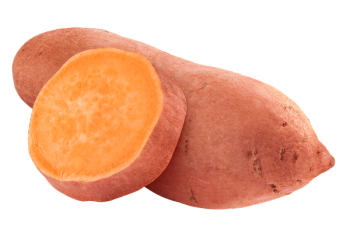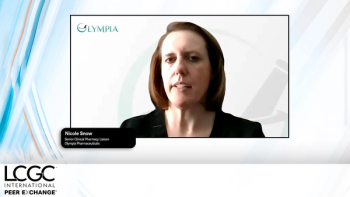
Wednesday Afternoon Session: Ambient Ionization and Applications
This Wednesday afternoon oral session on the subject of ambient ionization and applications will be held 2:30 pm–2:50 pm in Room L100. Kiran Iyer of Merck and Co. will chair and preside for this afternoon session, which includes six talks addressing a variety of approaches and applications of ambient ionization.
This Wednesday afternoon oral session on the subject of ambient ionization and applications will be held 2:30 pm–2:50 pm in Room L100. Kiran Iyer of Merck and Co. will chair and preside for this afternoon session, which includes six talks addressing a variety of approaches and applications of ambient ionization.
At 2:30 pm, Stefania Maneta of Imperial College London will begin the session with a talk on real-time analysis directly on living cells using laser desorption–rapid evaporative ionization mass spectrometry (LD-REIMS), an ambient ionization technique utilizing lasers for the generation of a molecule-rich aerosol, which is then analyzed by MS. Mantea and her colleagues aim to expand the application of the method, using a prototype, automated LD-REIMS platform for the high-throughput, sample preparation-free analysis of living or frozen cells.
Next, at 2:50 pm, Tyler Lawson of University of North Carolina at Chapel Hill will discuss DiffN selection of tandem MS precursors. Typical MS precursor ion selection uses a data-dependent approach where the most abundant ions are selected for MS/MS analysis. With this method, referred to as a TopN approach, where N is the number of precursor ions selected, species that have a high relative fold change but are low abundance will not be selected for MS/MS. DiffN is an approach where precursors are selected based on their relative fold change between an experimental and control sample. Lawson discusses a dual nano-electrospray ionization source coupled to differential ion mobility spectrometry–mass spectrometry (DIMS-MS) is used to compare lipid fold changes between a control and experimental condition in sequential MS scans to select MS/MS precursors.
Manxi Yang of Purdue University will then give a talk at 3:10 pm on ambient imaging of proteins in biological tissues with high spatial resolution. Yang will report on first results of nanospray desorption electrospray ionization (nano-DESI) mass spectrometry imaging (MSI) of proteins in tissue sections with a spatial resolution down to ~15 µm, a >5-fold improvement over the previously reported values.
The topic of polyamidoamine (PAMAM)-functionalized paper as a new substrate for the paper spray mass spectrometry measurement of proteins will be addressed next at 3:30 pm by Igor Pereira of Applied Environmental Research Laboratories (AERL). Although paper spray (PS) is an ambient MS ionization technique gaining popularity due to its ease of use, PS-MS can exhibit poor sensitivity for some analytes in complex samples. This limitation can be overcome by modifying the paper to have increased chemical affinity for the target analyte, such as with PAMAM dendrimer, a hyperbranched molecule with repeating polyamidoamine units possessing terminal amine groups that has been widely used as an analytical extraction sorbent. Presented is the preparation of functionalized paper substrates for PS-MS analysis.
In the fifth talk, at 3:50 pm, Kevin Cavey of Middle Tennessee State University will discuss the chemistry of colloidal nanocrystal surfaces and the elucidating of bound and unbound ligands. Colloidal nanocrystals are semiconductor materials with unique optoelectronic properties that can be tailored by manipulations of surface ligands depending on their desired applications; elucidating their surface chemistry characteristics is paramount to understanding and managing their behavior. In this study, direct analysis in real-time mass spectrometry (DART-MS) has been coupled with thermal desorption (TD), and applied to the analysis of nanocrystal surface ligands.
Drew Sauter of Nanoliter, LLC will close out the session at 4:10 pm with a talk on performing enhanced sensitivity electrospray ionization (ESI) and matrix-assisted laser desorption/ionization (MALDI) using an induction-based fluidic (IBF) energy transfer system.
Newsletter
Join the global community of analytical scientists who trust LCGC for insights on the latest techniques, trends, and expert solutions in chromatography.





